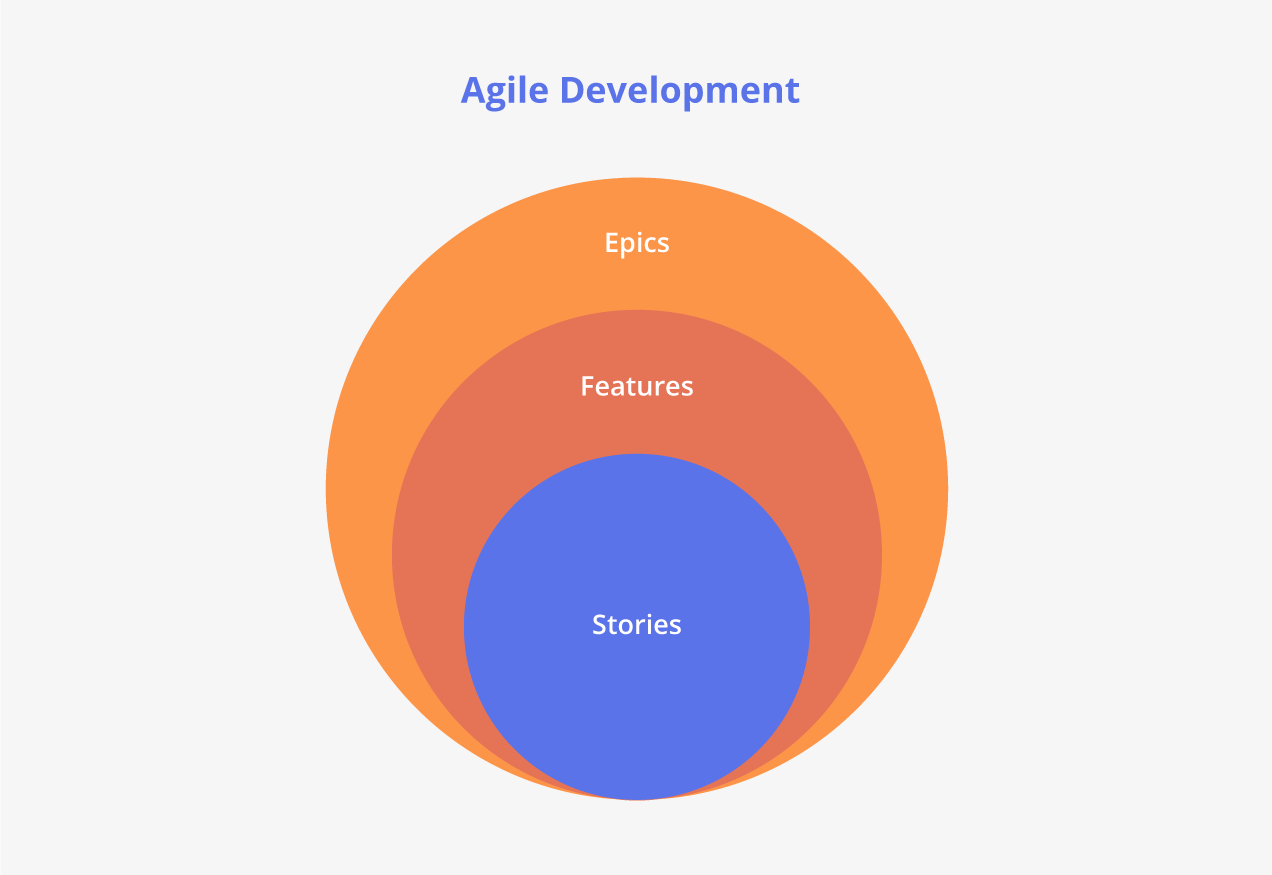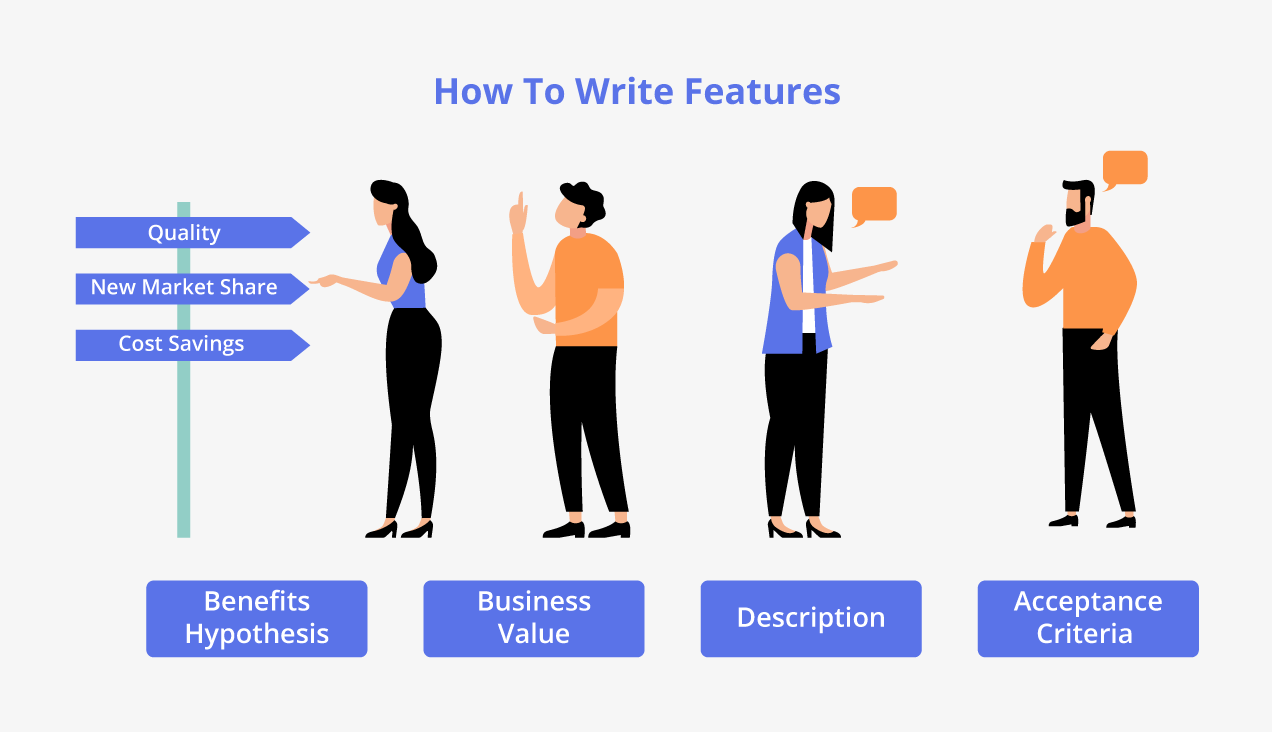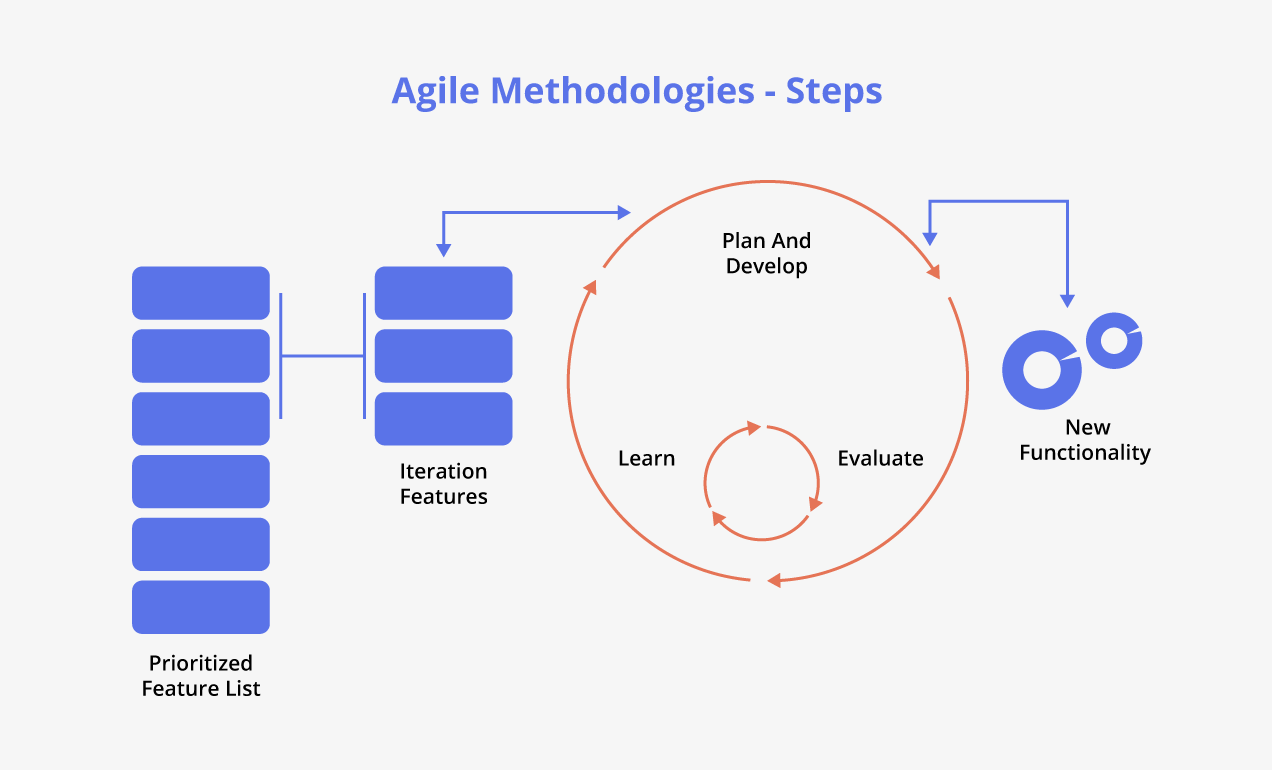How To Define Features in Agile Methodology?
Agile projects are known for their simple, iterative approach to cutting through the complexity. Even the most ambitious of Agile projects is taken one step at a time and breaks down complex work packages and tasks into low-level subtasks. Features and capabilities that are needed in the finished product are listed out, and then broken down to manageable chunks which are taken up and completed, one at a time.

In this article, we will talk about Features in an Agile project. What are the characteristics of features and how are they applied? How do you build a feature list, and what are the advantages of breaking down features into user stories? Read on to find out!
Agile projects are known for their simple, iterative approach to cutting through the complexity. Even the most ambitious of Agile projects is taken one step at a time and breaks down complex work packages and tasks into low-level subtasks. Features and capabilities that are needed in the finished product are listed out, and then broken down to manageable chunks which are taken up and completed, one at a time.
In this article, we will talk about Features in an Agile project. What are the characteristics of features and how are they applied? How do you build a feature list, and what are the advantages of breaking down features into user stories? Read on to find out!
A feature is a service or function of the product that delivers business value and fulfils the customer’s need. Each feature is broken down into several user stories, as it is usually too big to be worked on directly.
A user story is an informal, short description of a part of a software feature that is written from the user’s perspective and talks about how this particular bit of the feature will offer something of value.
A feature is something that is sizeable enough to deliver measurable value to customers and creates a large chunk of functionality. Features are used to describe the functionality at a macro level, and they are required to create schedules and plan the high-level release of the product.
Scrum works on the premise of short development cycles called Sprints, which usually last between 2 weeks and a month but not longer. One feature is typically completed over several sprints. In one sprint, only several user stories can be completed and not, perhaps, an entire feature.

The product backlog is usually detailed into three levels of complexity with respect to tasks.
Do note that for a smaller project, with only around 8 to 10 people on the team, the product backlog may be divided into just features and user stories. Epics come into the picture for large projects with multiple teams who are working over a duration of several years.
The Scrum Guide, considered to be the Bible for all things Scrum, does not lay out any guidelines for the use of features.
However, Scaled Agile, Inc. indicates that the Product Manager is the owner of the Features, which is to say, he or she finally decides what goes into the feature and what is its priority on the Backlog. The features are not necessarily written by the Product Manager, however, and this could be done by others on the team.
On many teams, the Product Manager and the Product Owner are one and the same.

There are several steps in the definition and writing of features.
While there is no hard and fast rule on this, and it is left largely to the convenience of project teams, it is generally agreed that it should be possible to complete a feature within a maximum of three months.
When using SAFe, a feature is released in one single program increment.
Teams that are working with investor funding and are getting the funds at regular cycles should be able to showcase a completed feature during each investment cycle, in order to demonstrate that they are progressing on track.
Feature points represent the amount of the work complexity, effort taken, and knowledge required to complete one feature. They are the same as story points, but in the context of a feature rather than a user story.
A feature, while essentially having the same definition, could be called by different terms in different Agile methodologies.
To be effective, a feature should always
When getting into the nitty gritty of detailed planning, agile development uses a feature breakdown structure (FBS) approach that breaks down each feature into smaller, more manageable units of work.
This allows easier communication between the customer and the development team, where both can understand each other well in a way that leaves no room for ambiguity. It also helps to track the progress of work against the value that is created.
Over time and as the work progresses, the larger features can be broken into smaller features, instead of doing this breakdown all together in the beginning. This way, details are not fleshed out until the time when they are actually needed for design and delivery.
At the very start, before the release planning and iteration planning can happen, the team must sit together and list out as many potential features for the system as possible at this stage. Feature requests can come from many sources, and one person should be allocated to collate all these requests. While this could be the product manager, it could also be a customer proxy, a business analyst or someone who is responsible and accountable to the team.
The team should refine these requirements, weeding out duplicate items, features that are not possible to implement, and requests that are very vague. As the features are identified, they are added to the list so that they can become a part of the planning processes.
This initial feature list can be considered to be a preliminary outline that can be used as input to chart out the release and first iteration. It is not required to wait until all features are defined before getting started on the actual work, and it is also understood that the original list, descriptions, and priorities will evolve over time.
Instead of waiting for everything to get detailed out at the outset, the team can get to work with the initial list without wasting any valuable time. As new features which could be critical get identified, they are simply added into the evolving release plan and will get delivered during a subsequent iteration. As the project progresses, the work adapts itself to accommodate new priorities, additional information from stakeholders, and the changing industry dynamics.
User stories, as we have learnt, represent smaller chunks of work while features represent fully formed functionalities of the product. There are many advantages to breaking down the features into functionalities, and the main ones are these:
Features come into play at a macro level of planning, and it is essential that at a later point they will need to be broken down into tasks and estimated. This is done during sprint planning and release planning.
Feature planning and estimates help to schedule releases and iterations. Task planning and estimates help to allocate resources and plan the tasks within an iteration.
Since the nature of agile project plans is always fluid and not very precise, feature estimates need not exactly map to a number of task estimates, but there should be a rough approximation between the two.
Research & References of How To Define Features in Agile Methodology?|A&C Accounting And Tax Services
Source
